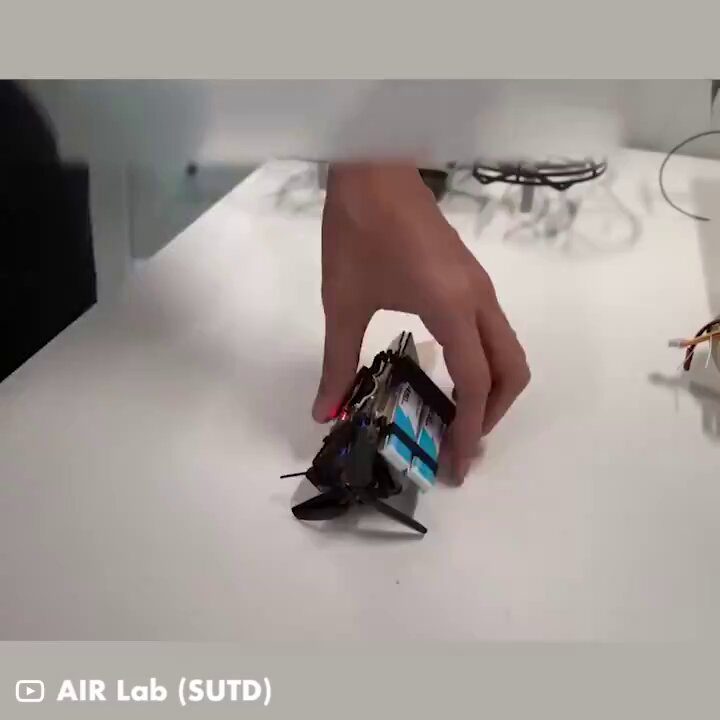In the ever-evolving world of drone technology, innovation continues to push the boundaries of what these aerial devices can achieve. One of the latest advancements in this field is the development of single-wing drones that mimic the flight mechanics of a maple seed. This unique design, highlighted by @gigadgets_, showcases the potential for new applications and efficiencies in drone technology.
The Maple Seed Inspiration
Maple seeds, also known as samaras, have a distinctive way of spinning as they fall, which allows them to travel further from the parent tree. This natural mechanism has inspired engineers to develop drones that can achieve similar flight patterns. By mimicking the aerodynamic properties of maple seeds, single-wing drones can potentially offer greater stability and efficiency in flight.
How It Works
The single-wing design of these drones allows them to spin around their center of mass, creating a stable and controlled descent. This spinning motion generates lift and reduces the rate of descent, much like how a maple seed glides to the ground. The simplicity of this design can lead to more efficient energy use and longer flight times, making these drones ideal for various applications.
Applications and Innovations
Agricultural Drones
One of the most promising applications of single-wing drones is in agriculture. For instance, Amber Wings, an Indian startup, is developing indigenous agri-drones to enhance farming practices. Their Vihaa drone, capable of carrying a 20-kg payload, and the E-50 drone, with a 50-kg payload, are set to revolutionize agricultural logistics by reducing costs and reliance on foreign components. More details can be found here.
Logistics and Delivery
The logistics sector is also exploring the potential of single-wing drones. Serve Robotics and Wing, for example, are trialing a robot-to-drone delivery system in Dallas. This system aims to extend delivery ranges without requiring significant changes to merchant facilities. By combining sidewalk robots with drones, they can offer a more comprehensive delivery solution. Read more about this innovation here.
Healthcare and Emergency Response
In healthcare, drones are being used to transport medical supplies quickly and efficiently. In London, Apian is trialing drones to ferry blood between hospitals, enhancing the responsiveness and resilience of healthcare logistics. This trial, in partnership with the NHS, aims to provide on-demand, automated, and sustainable deliveries. More information can be found here.
Disaster Management
The Indian Institute of Science (IISc) is developing a coordinated multi-swarm drone system to tackle natural disasters like forest fires. These drones use swarm intelligence algorithms and AI-enabled fire detection to improve disaster response and mitigate the impact of such events. This innovation addresses significant environmental challenges and enhances the efficiency of disaster management efforts. Learn more here.
The Future of Single-Wing Drones
The potential for single-wing drones is vast, with applications spanning various industries. As technology continues to advance, these drones could become a staple in sectors ranging from agriculture to healthcare and logistics. The simplicity and efficiency of the single-wing design offer a promising future for drone technology, paving the way for more innovative and sustainable solutions.
For more information on the latest advancements in drone technology, follow @gigadgets_ and stay updated with the latest trends in #Technology, #Innovation, and #EmergingTech.
Related Articles
- IIT Prof’s Amber Wings develops indigenous agri-drone, prototyping India’s largest drone
- South Korea team showcases drone that serves as ‘flying shopping cart’
- DJI takes another crack at palm-sized drones, and this one is $199
- Serve Robotics and Wing to trial robot-to-drone delivery in Dallas
- Londoners will soon see drones ferrying blood between hospitals
- New approach: Multiple swarms of drones to tackle natural disasters like forest fires“
Check out more AI tools.
Elevate Guest Experience with RoomGenie
Textify Analytics – Affordable Insights at the Speed of AI
